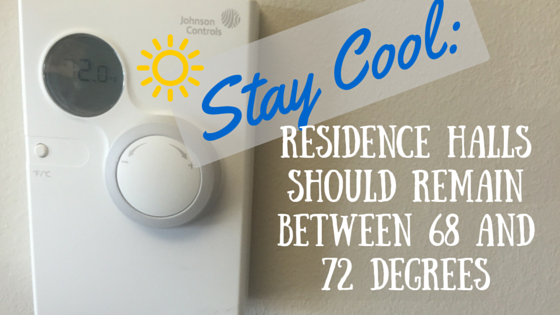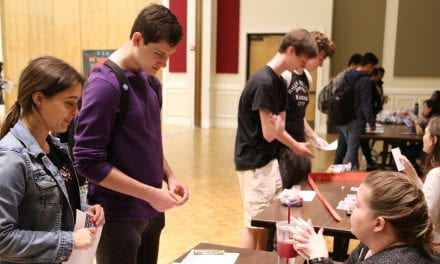Earthquakes are not common in the Fayetteville area, but believe it or not, two earthquakes were felt in the Northwest Arkansas area last year.
It’s important to know how to keep yourself safe as the potential of an earthquake is not isolated to one region of the country.
New Madrid
The biggest fault line in Arkansas is the New Madrid Fault Line, a 150-mile-long seismic zone that crosses into the northeastern part of Arkansas. There are records from the early 1800’s of earthquakes having an epicenter in northeast Arkansas, but it’s been relatively quiet in the last century.
“Unlike the fault lines in and around California, the New Madrid Fault Line is considered one of the more stable fault lines,” said Reggie Houser, executive security manager for the University of Arkansas.
Staying Safe
The Red Cross has an earthquake app that will send notifications when earthquakes in your designated zones occur, tips on how to be safe etc.. Here are some tips about earthquake safety from the Earthquake Country Alliance that are divided into three sections: Prepare, survive and recover.
Prepare
Before an earthquake hits, prepare yourself, your friends and your family.
“The University of Arkansas outlines what to do in an earthquake, but we also recommend students be proactive and create a disaster plan deciding how they will communicate with others during an emergency,” said Takama Statton-Brooks, director for residence education.
It’s important to identify safe spots in each room such as under tables or desks. Next, organize disaster supplies in convenient locations so you know where to find them when needed.
Consider, securing your residence hall room by removing any hazards and movable items. This may include moving heavy or large items to the floor and moving anything that has potential to fall.
You can minimize financial burdens by organizing important documents such as a license, birth certificate, emergency contact numbers and photos of belongings in your room in case they are damaged.
Survive
There are three positions to assume when an earthquake is happening known as “Drop, Cover and Hold On.”
- Drop to your hands and knees and protect yourself from anything falling.
- Cover your head and neck with one arm and hand.
- Hold On to a sturdy object until the shaking stops.
Be sure to stay away from windows and do not attempt to the leave the residence hall in case the building is damaged.
When the shaking stops, check for injuries of people in your area and render first aid assistance if necessary.
Check for fire or fire hazards and if there are none, evacuate the building if it’s safe enough to do so.
Recover
Following the earthquake, do not reenter until trained emergency personnel have declared the building safe.
You can restore daily life by reconnecting with others on campus and in the community to repair damage and the community.
Monitor social media (especially #UARK on Twitter), local radio or television reports as well as the University of Arkansas’ safety website for information on emergency housing, food, first aid, clothing or financial assistance.
Following these steps will help you and your loved ones be prepared and stay informed in case of an earthquake that affects campus.






Recent Comments